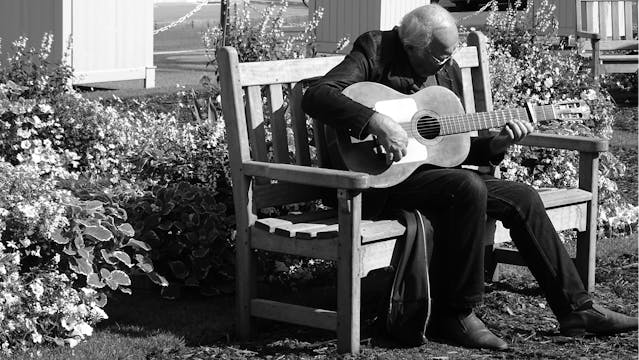Scholar Success Stories: The Intersection of Biology, Music, and Neuroscience
One of the core benefits of participating in a Scholar Launch research program is the opportunity to engage in interdisciplinary studies. We’ve seen so many of our students weave seemingly disparate academic interests into cohesive narratives, and they never cease to impress us as they connect the dots.
One such scholar, Student S, combined her interests in neuroscience, medicine, and classical music to explore the relationship between biomedicine and music. More specifically, she conducted a literature review to assess and advocate for the possibility of using music therapy to treat patients with dementia and Alzheimer’s Disease.
Student S reviewed the effects music therapy had on patients living with dementia in a handful of care homes in the United States. After four months of dedicated study, she found that “music can evoke emotional responses by giving patients with [Alzheimer’s Disease] and related dementia access to the remaining memory of music-related experiences. This connection between music and memory makes music therapy a feasible treatment…”
Student S also noted that while further research must be done to show evidence of music therapy’s impact on improving cognitive function, there are other ways patients with Alzheimer’s and dementia can benefit from this clinical yet non-invasive and non-medical treatment. To use her own words: “[Music therapy] promotes the mental health and well-being of these patients by reducing psychological symptoms and the amount of psychotropic medication prescribed…thus, [music therapy] improves the patients’ quality of life. [Music therapy] also has some physiological benefits, including a decrease in blood pressure and increase of appetite and food intake among patients…”
With the consistent mentorship of her Faculty Advisor–a former Yale Medical School professor who’s also a classical musician–Student S completed her research program by writing a 17-page paper summarizing her findings. Her hard work paid off, and she published her paper in the Journal of Student Research—High School Edition.
Student S also received a glowing letter of recommendation from her Faculty Advisor. This no doubt moved the needle with her college applications, as she received acceptance letters from the University of Pennsylvania, Carnegie Mellon University, Harvey Mudd College, the University of Texas at Austin, and Case Western Reserve University. As a testament to her work, admission officers from UPenn and Harvey Mudd included personal acknowledgment notes with her offers, applauding her achievements in interdisciplinary studies.
Research programs not only expose students to an academic experience they may not have access to in the classroom, but they also improve their admissions results when it’s time to apply to college. Scholars like Student S are a shining example of the value of high school research.

